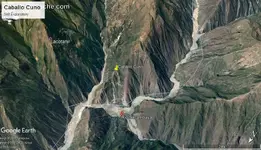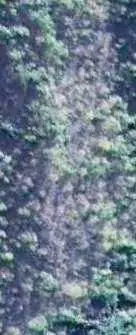gollum
Gold Member
- Joined
- Jan 2, 2006
- Messages
- 6,770
- Reaction score
- 7,734
- Golden Thread
- 0
- Location
- Arizona Vagrant
- Detector(s) used
- Minelab SD2200D (Modded)/ Whites GMT 24k / Fisher FX-3 / Fisher Gold Bug II / Fisher Gemini / Schiebel MIMID / Falcon MD-20
- Primary Interest:
- All Treasure Hunting
- #3,861
Thread Owner
Mike
Nobody wrote or says how father Gregorio San Roman stationed at Plazuela mission. The story/text says how he only gave the description of the hiding place to his brother. Nothing more and nothing less.
I believe the text was written by his brother later and handed down to his son in the early 1800's. The text has nothing to do with what you are hearing literally but is only a metaphor of a different land.
I think maybe you missed the part of my post where I stated that NOT ONE of the seven priests named in the letter ever were in Bolivia/Peru.
Mike






